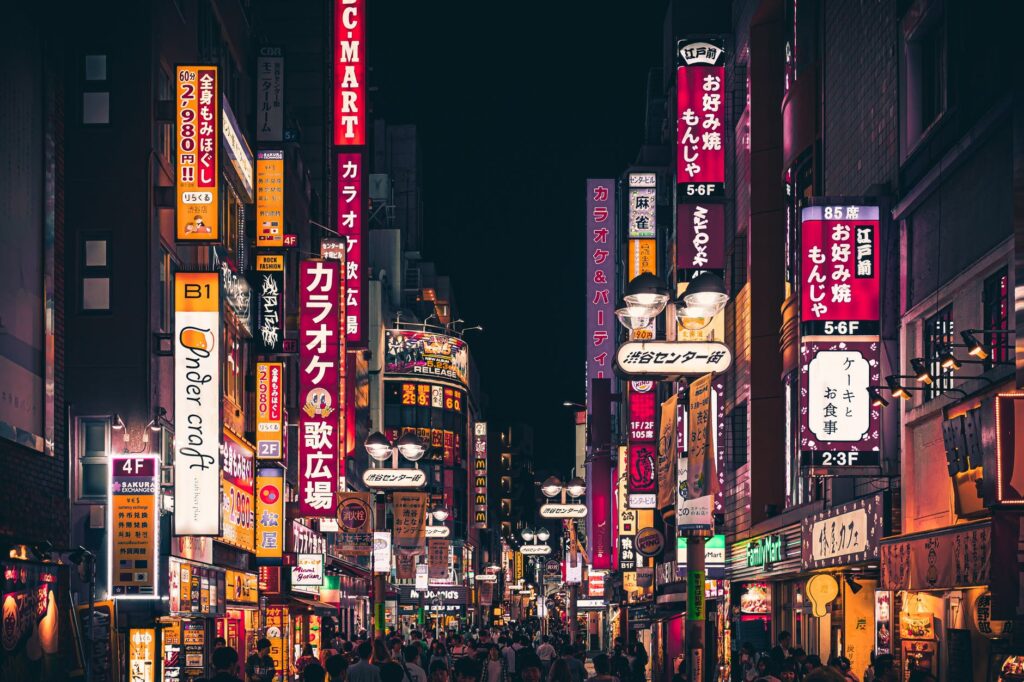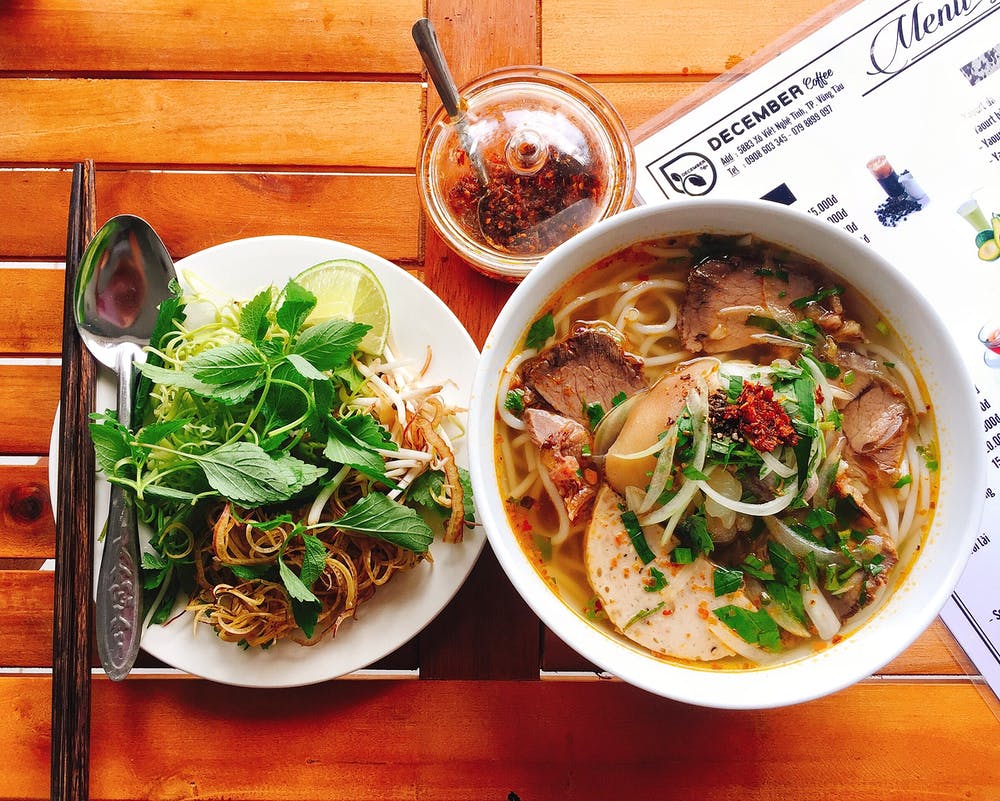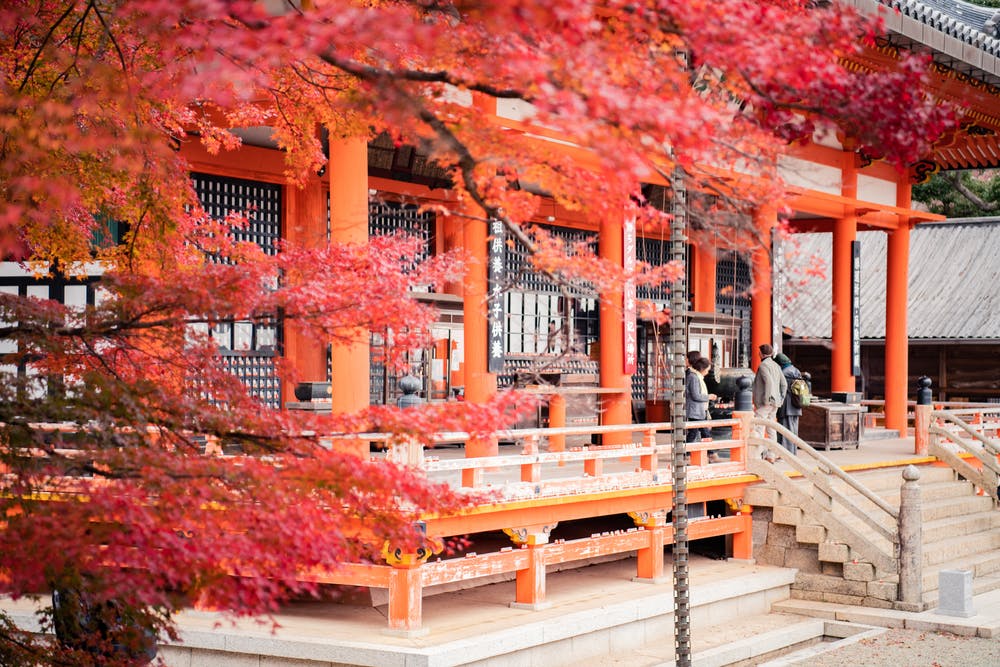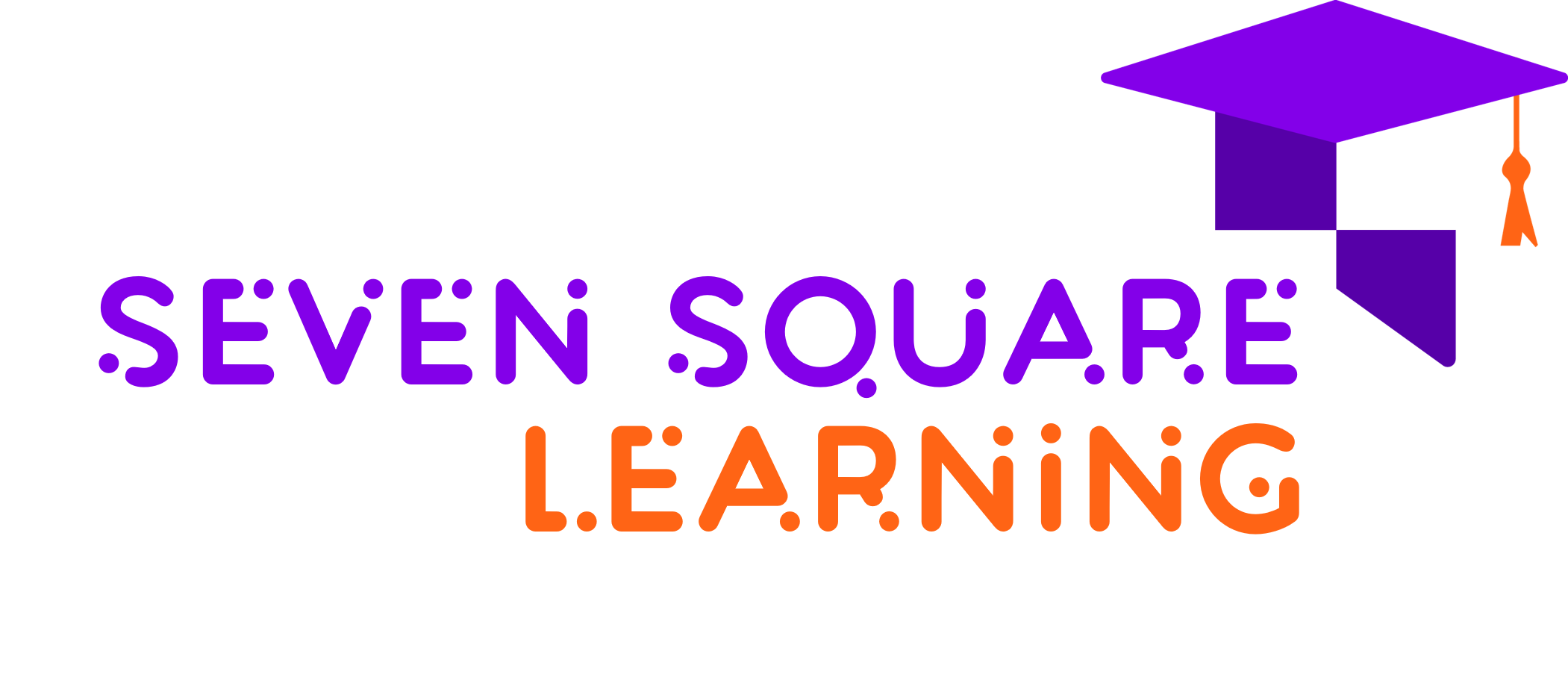The Japanese education system is one of the best in the world and is known for its high education standards. Every year almost more than 200 thousand students choose Japan for its unique culture and experience. It is number one in the world for math and number two in terms of scientific literacy.

An insight into the Japanese Education System
The Japanese education system is composed of –
- Elementary school (6 years)
- Junior High School (3 years)
- Senior High School (3 years)
- Higher Education
Elementary school consists of the first 6 grades with children from ages 6 to12 years. Academic subjects include the Japanese language, social studies, arithmetic, and science. The English Language is taught at some schools particularly in the higher grades.

Non-academic subjects cover art like Japanese calligraphy, craftsmanships, music, Japanese traditional poetry, homemaking, physical education, and also moral education. Children also participate in “special activities,” scheduled time every week to take care of class business, plan for field tours and conventions, and similar tasks. These activities serve as an arena for students to take an active role as members of the school community and to cultivate a sense of responsibility and willingness to work together.
Lower secondary school or junior high covers grades 7 through 9, with children typically aged 12 to 15 years. The junior school curriculum incorporates the Japanese language, social studies, maths, science, music, fine arts, health, and physical education. All students have also exhibited industrial arts and homemaking. Moral education and special activities like various clubs are also a vital part of the schools. The upper secondary schools in the Japanese education system involves grades 10 to 12 with children aged from 15 to 18 years.

The most popular type of upper-secondary school has a full-time, general program that granted academic courses for students planning for higher education as well as technical and vocational programs for students aspiring to find employment after graduation. To enroll, students must give an entrance examination in Japanese, maths, science, social studies, and English, whether it is monitored for all public high schools in the prefecture or a test devised by a private high school for that school alone.
These tests are crucial and determine which high school the child is attending and influences his/her future. Because of the importance of these exams in entering high school — even more than the scholastic record and performance evaluations from lower-secondary school — students are closely counseled in lower-secondary schools so that they will be relatively assured of a place in the schools to which they apply.
Generally, students take three years each of maths, social studies, Japanese, science, and English, with further courses like physical education, music, art, and moral studies. In particular social studies in Japan are split down into civics, geography, Japanese history, world history, sociology, and politics/economics. The curriculum of Japanese high schools offers a lot of club activities such as sports clubs like baseball, football, judo, kendo, track, tennis, along with swimming, softball, volleyball, rugby, and many more.

Along with culture clubs like English, broadcasting, calligraphy, science, and mathematics, and many more. And after high school, students move towards Higher University level education.
Boons of the Japanese education system
Japan is a nation sculpted by its rapid transformation and isolation from Globalism. It has low tuition fees along with various educational institutions providing a medium of instruction in English. Japanese culture is a blend of old-world culture with newer western practices where students gain new perspectives and also cultivate a sense of responsibility and learn how to be independent and develop on several personal levels
Japan has distinctive seasons, with various things to enjoy at different times of the year. Students get to witness the spectacular cherry blossom season which is a sight to behold. They get to see several magnificent mountains, breath-taking temples and castles, infamous shrines, lakes and so much more.

In the Japanese education system, international students can learn a new language while studying in English which can be beneficial for their future gains. Japanese culture is vibrant and intriguing dating back thousands of years of culture seeped into intricate traditions and yet overwhelmingly modern. Students discover new religions such as ‘Shinto’ and ‘Buddhism’ and also experience the elaborate tea ceremonies which can be immensely relaxing.
Japan has a rich cultural heritage and history with a wide variety of traditions associated with ceremonies, rituals, holidays, celebrations, business, and life, along with social etiquette and politeness. Japanese education system offers an all-inclusive range of scholarships along with partial waivers for high-performing students from poorer backgrounds.

While studying in Japan, students get to try the extravagant Japanese cuisine comprising sushi, types of noodles like soba, udon, and also dishes like miso soups and ramen. Japan is a safe place to study with a very low crime rate and also has one of the most advanced healthcare systems with moderate costs which makes it more convenient for students. Moreover, the Japanese education system has a technology-supported high-level infrastructure with a well organized overall lifestyle. Students if interested in martial arts can also benefit immensely from the world-class sports faculty in sports like Judo, Kendo, Sumo Wrestling, etc. in Japan.

Summing it up, the Japanese education system will give a student quality education along with an excellent cultural and international experience.





